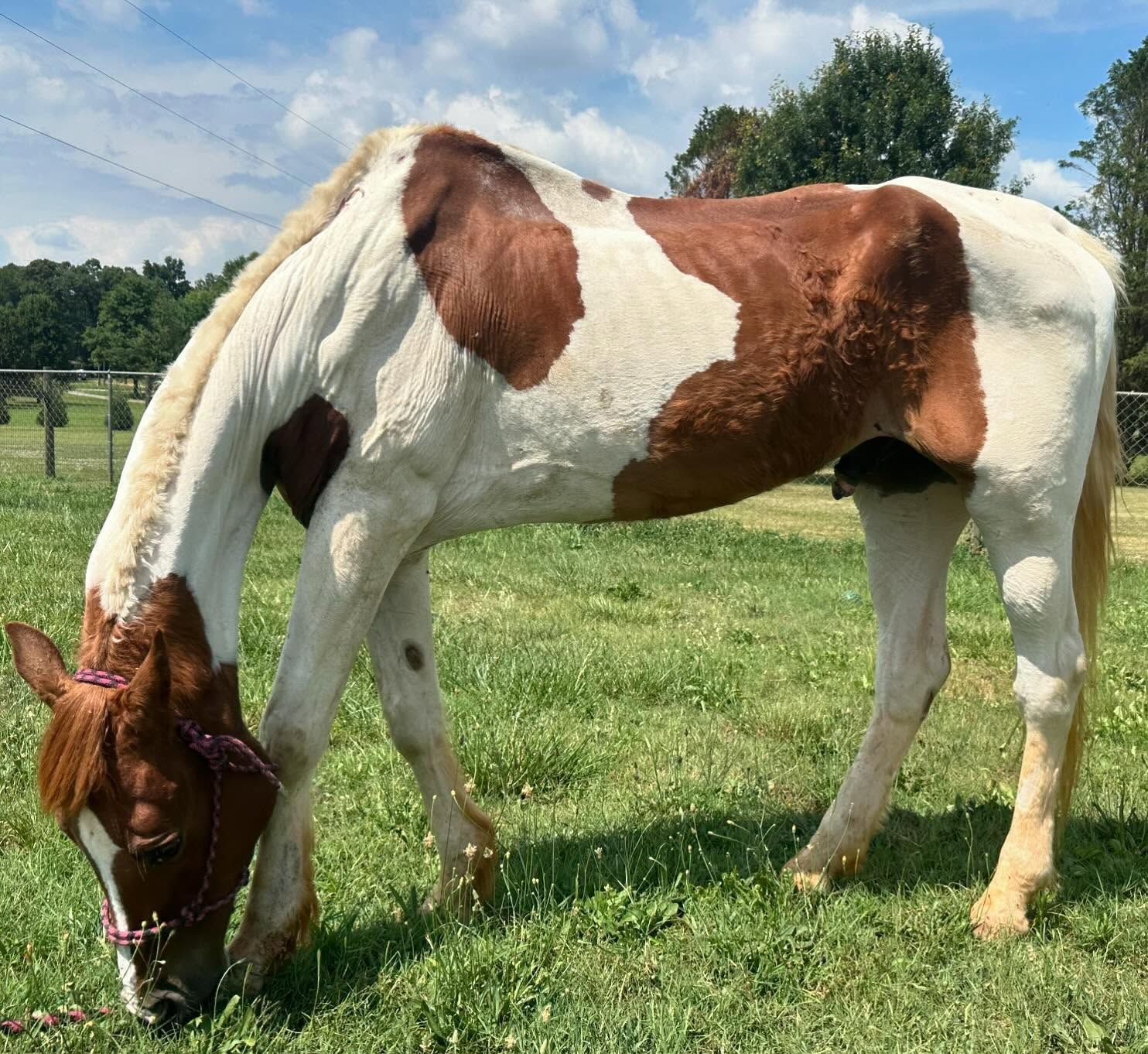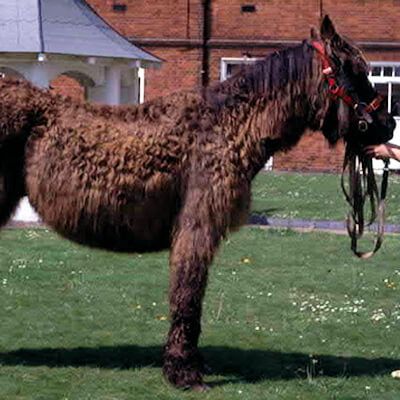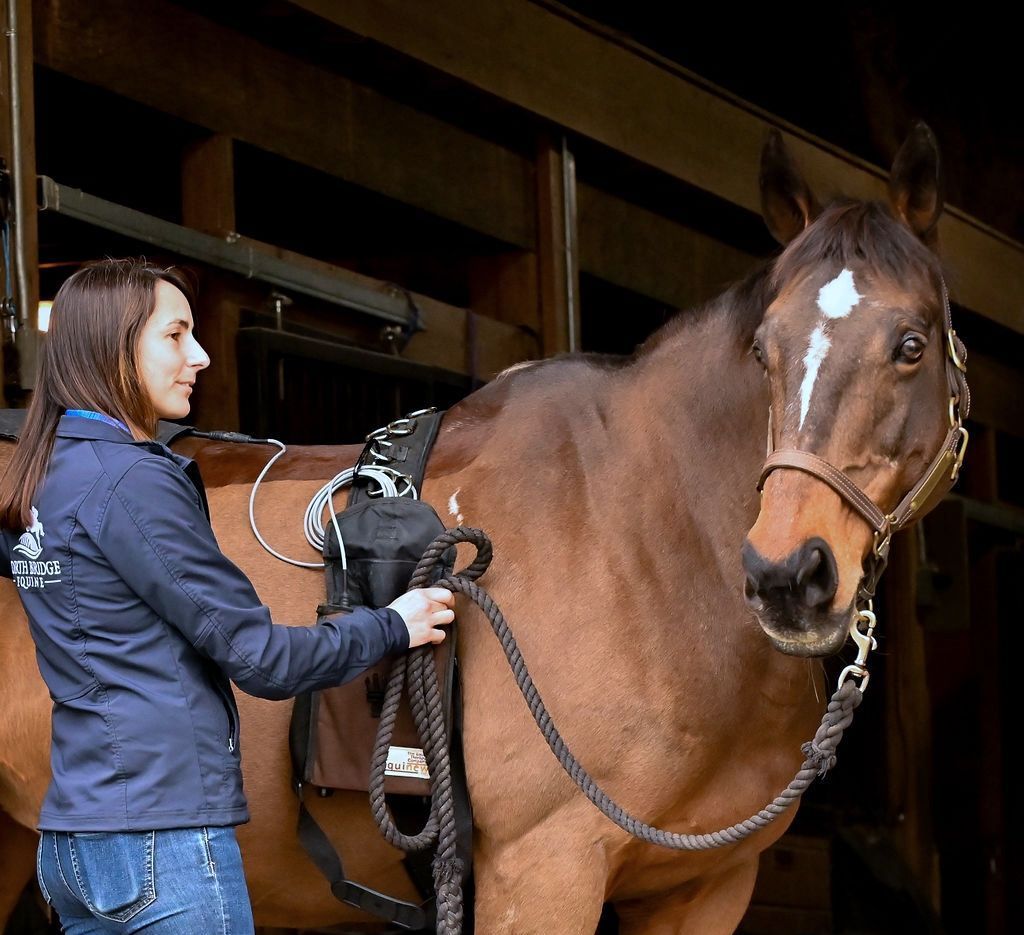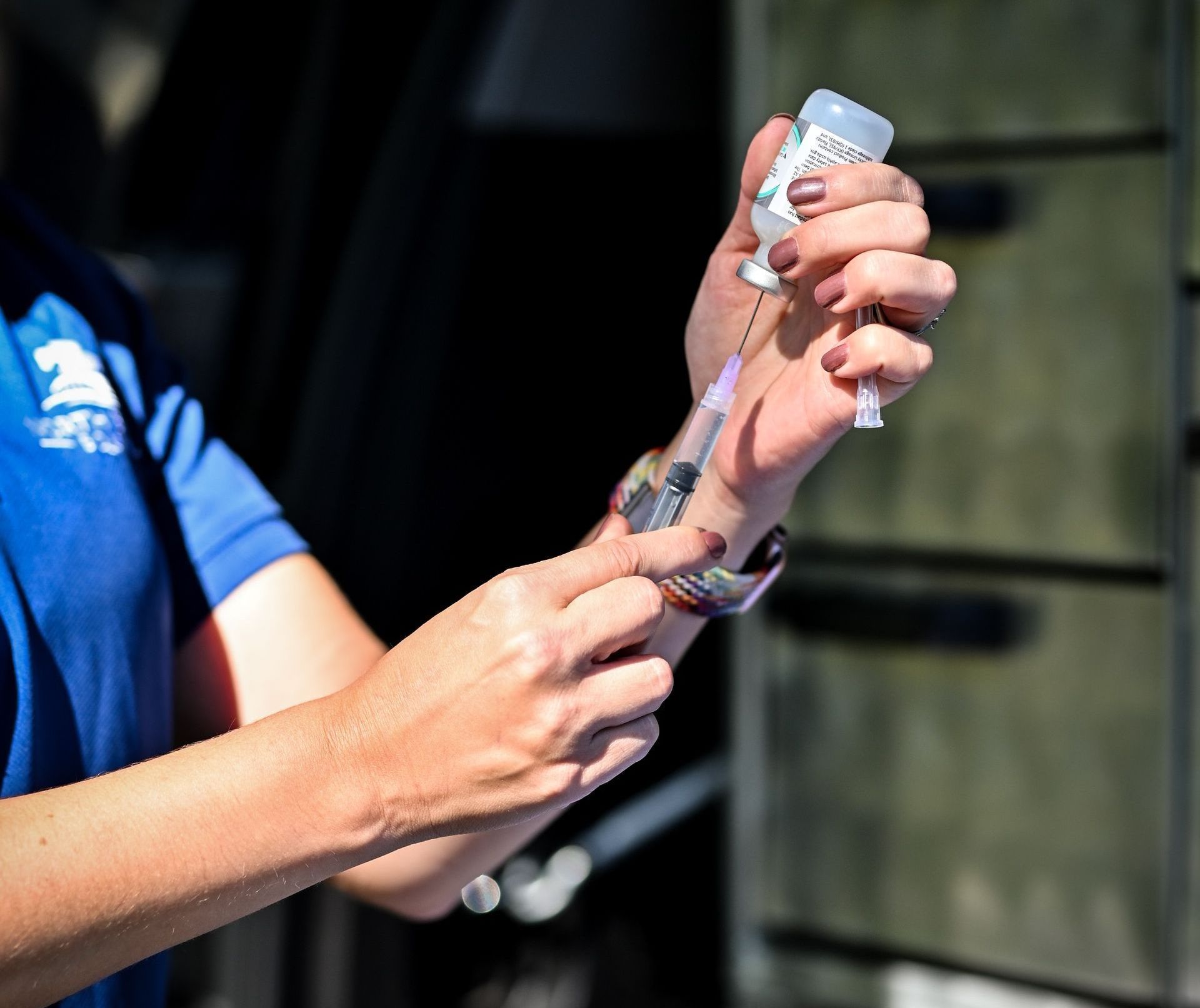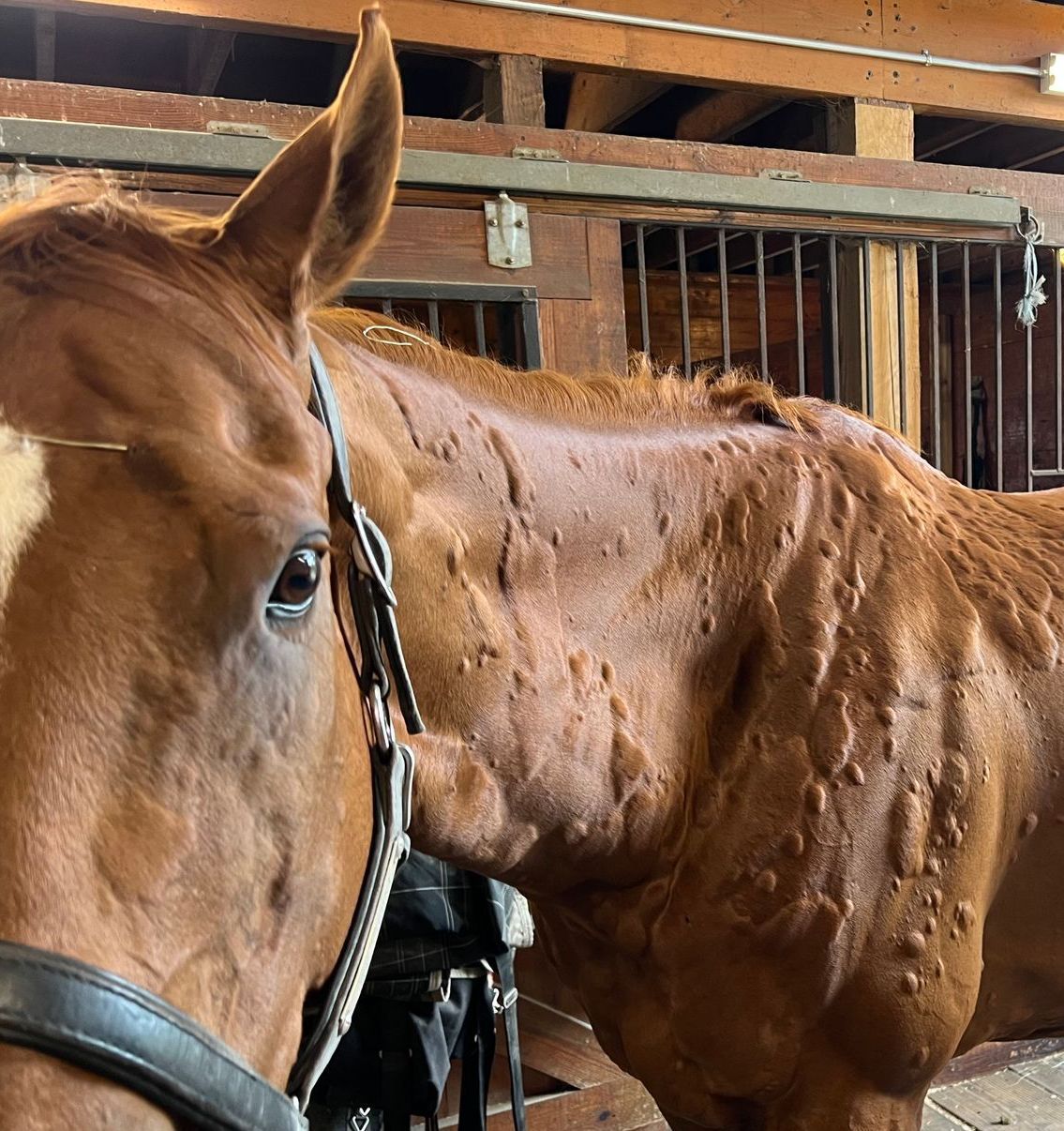Blog
Navicular Disease
A small bone that can be a big problem
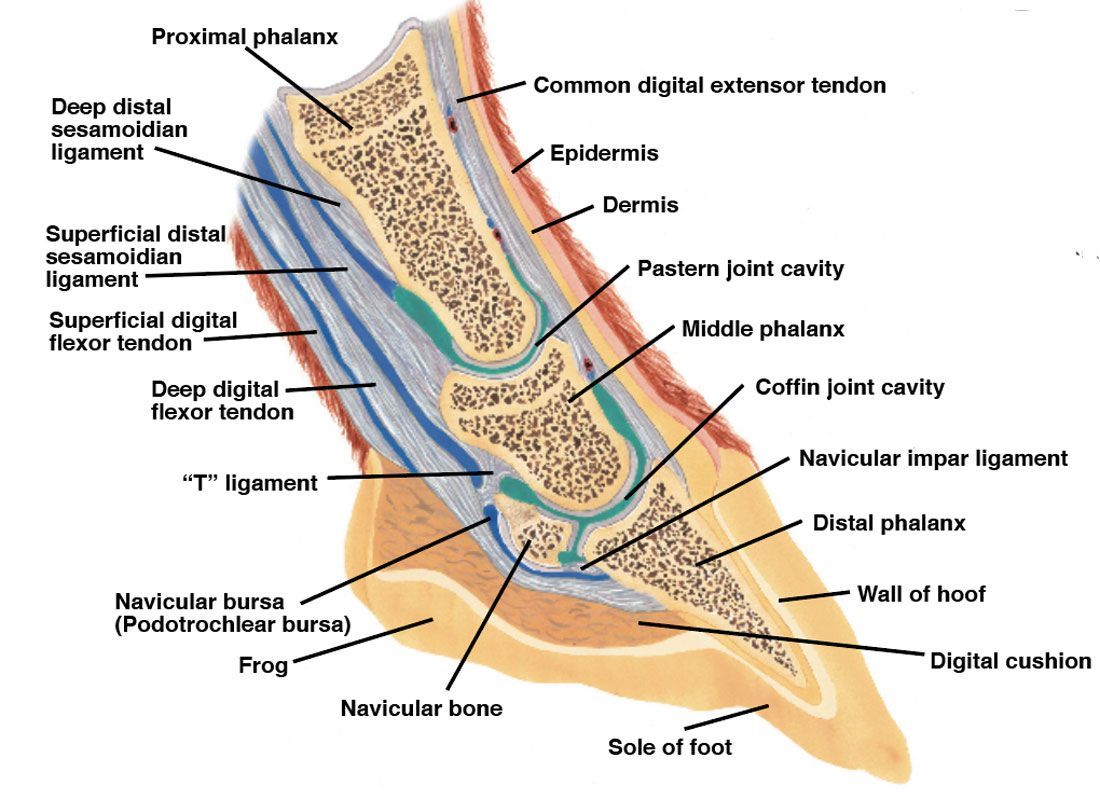
Navicular disease is a long term, degenerative condition of the navicular bone and sometimes the surrounding soft tissue structures. It involves damage within the navicular bone itself, and breakdown of cartilage on the surface of the bone. It can also involve inflammation and damage to the neighboring navicular bursa and deep digital flexor tendon. It is one of the most common causes of longterm forelimb lameness in athletic horses. Navicular is essentially unknown in ponies and donkeys.
The exact cause is unknown, but it may involve increased pressure on the navicular bone and its blood supply. It most often is a disease of a more mature horse, commonly not appearing until 8 to 10 years of age. Navicular disease may be partially hereditary. Navicular disease is more common in Warmblood horses, Quarter horses, and Thoroughbreds. Inadequate or poor shoeing, poor conformation, and trauma can also be contributing factors.
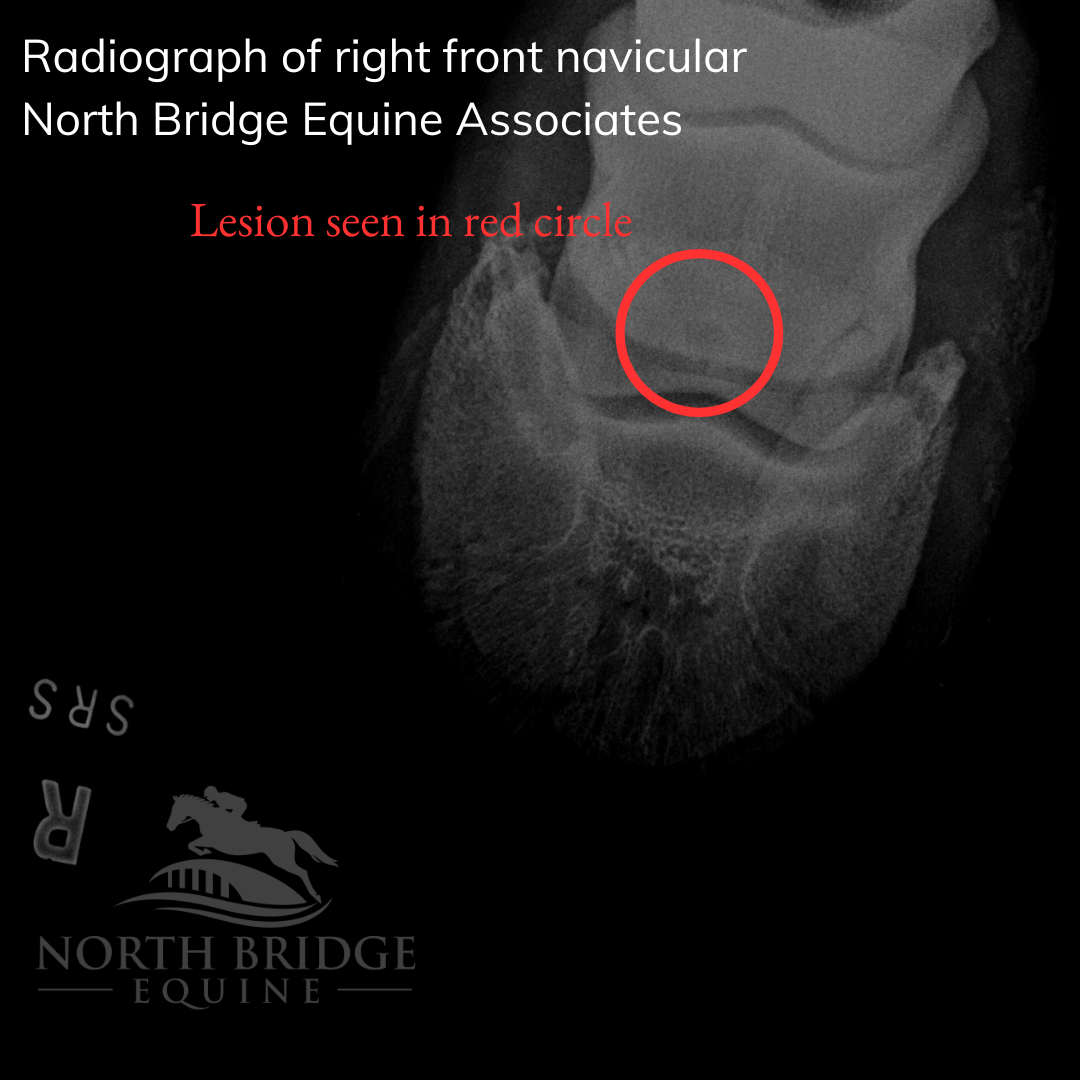
Typically, navicular disease is slow and subtle in onset. One or both forefeet can be affected or just one. It is very rare to see navicular disease in a hind foot. Lameness tends to come and go in the early stages of the disease. Stride is shortened and the horse may tend to stumble. Turning a horse in a tight circle usually produces a short-term worsening lameness. Muscle soreness in the shoulder develops after compensatory changes in posture or gait, resulting in the common complaint of "shoulder lameness".
Diagnosis is made with a complete history, careful examination, radiographs and potentially peripheral nerve blocks. Radiographs may show degenerative changes involving the navicular bone, including possible abnormal ingrowths of bone and bone reshaping. A palmar digital (heel) nerve block will readily abolish the lameness. In bilateral disease the lameness frequently then becomes apparent on the unblocked limb.
Navicular disease can be managed but not cured. Appropriate hoof trimming, shoeing and corrective shoeing can help restore normal bone alignment and balance. Non-steroidal anti-inflammatories such as Equioxx, and bisphosphonates such as Osphos can extend serviceable soundness in some horses. Injection of corticosteroids into the coffin joint or navicular bursa may relieve pain but is not curative.
Surgical removal of part of the palmar digital nerve ("denerving") may provide relief from pain and prolong usefulness of the horse but is not curative. Surgical removal of nerves can be accompanied with severe complications and may not be recommended for every horse.
Recent Posts


